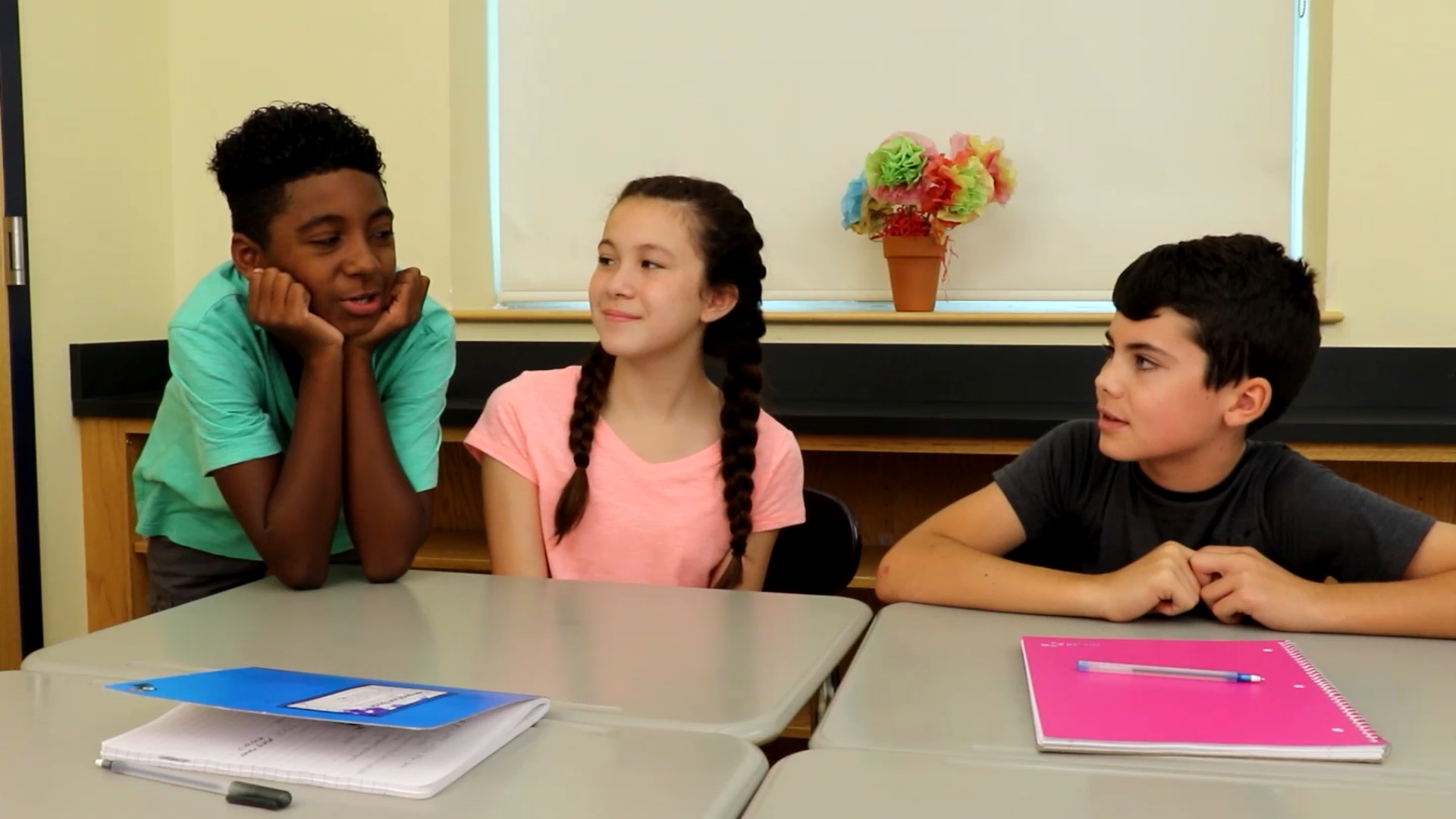Introduction
Joining a conversation is an essential skill for elementary students to develop in order to build meaningful relationships and engage in social interactions. By incorporating the principles of Social-Emotional Learning, educators can effectively teach students how to observe a group, listen to the ongoing conversation, and find the right time to join in without interrupting. This blog post will provide a no-prep activity, discussion questions, and related skills to help educators teach students the art of joining a conversation with ease.
No-Prep Activity
This no-prep activity, called “Join the Conversation,” helps students practice their observation skills and learn how to join a conversation without interrupting. Follow these simple steps:
- Divide the students into small groups of 3-4.
- Ask each group to choose a topic they are interested in discussing.
- Have one student in each group start the conversation, while the others listen and observe.
- After a minute or two, allow the observing students to join the conversation one at a time, making sure they find an appropriate moment to do so.
- Repeat the process, switching roles so that every student has a chance to practice joining a conversation.
This activity encourages students to develop their listening and observation skills, which are crucial for joining conversations successfully and contributing to a positive social atmosphere.
Discussion Questions
Use these discussion questions to further explore the topic and encourage deeper thinking among your students:
- Why is it important to observe a group before joining a conversation?
- What are some ways to know when it’s the right time to join a conversation?
- How can we show respect to others when joining a conversation?
- What are some strategies to use if you accidentally interrupt someone while trying to join a conversation?
- How can practicing these skills help us build better relationships with our peers?
Related Skills
Teaching students how to join a conversation effectively also helps develop other important social skills, such as:
- Active Listening: Encouraging students to listen carefully to what others are saying in a conversation, increasing understanding and empathy.
- Nonverbal Communication: Understanding body language, facial expressions, and gestures to better interpret the emotions and intentions of others.
- Turn-taking: Learning when to speak and when to listen, ensuring a balanced and respectful conversation.
- Conflict Resolution: Teaching students how to navigate disagreements and misunderstandings in a healthy and constructive manner.
Next Steps
Now that you have learned about teaching elementary students how to join a conversation using observation skills and Social-Emotional Learning principles, it’s time to put these skills into practice. To help you get started, we invite you to sign up for free samples of these skills and others on Everyday Speech. These resources will provide you with practical tools and strategies to help your students develop the skills they need for successful social interactions and relationships.






